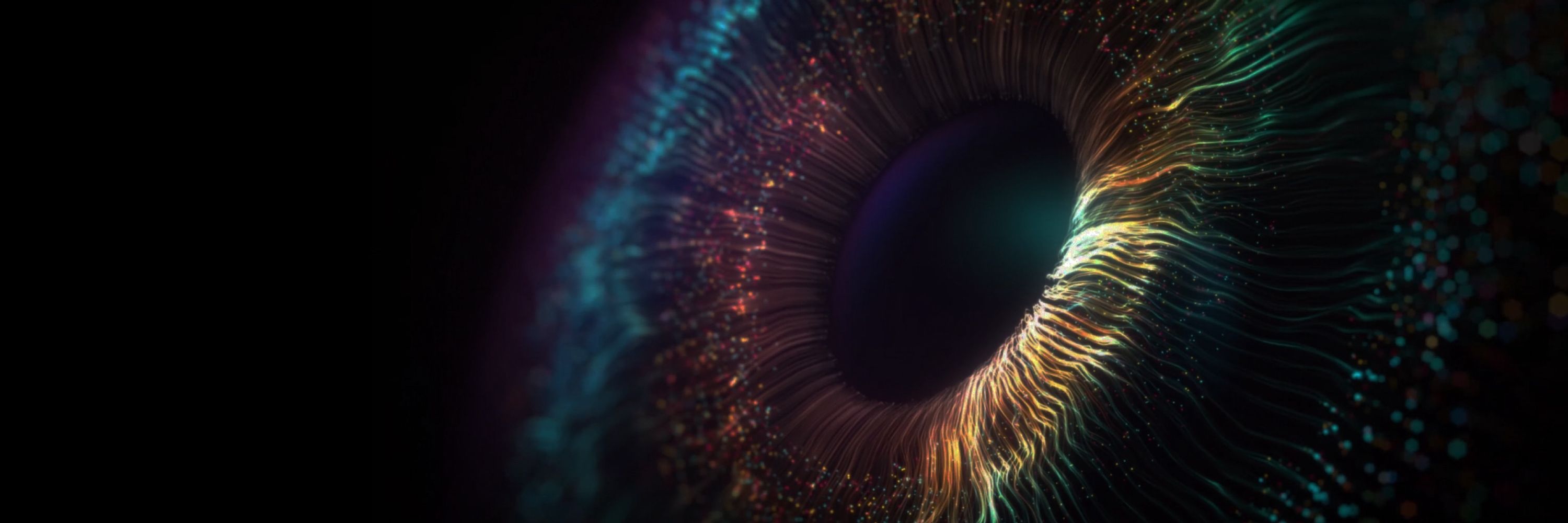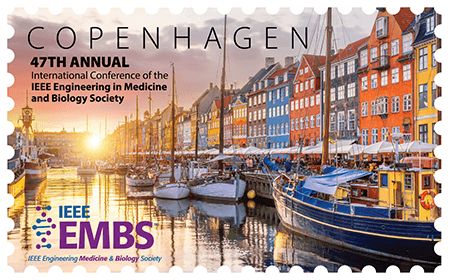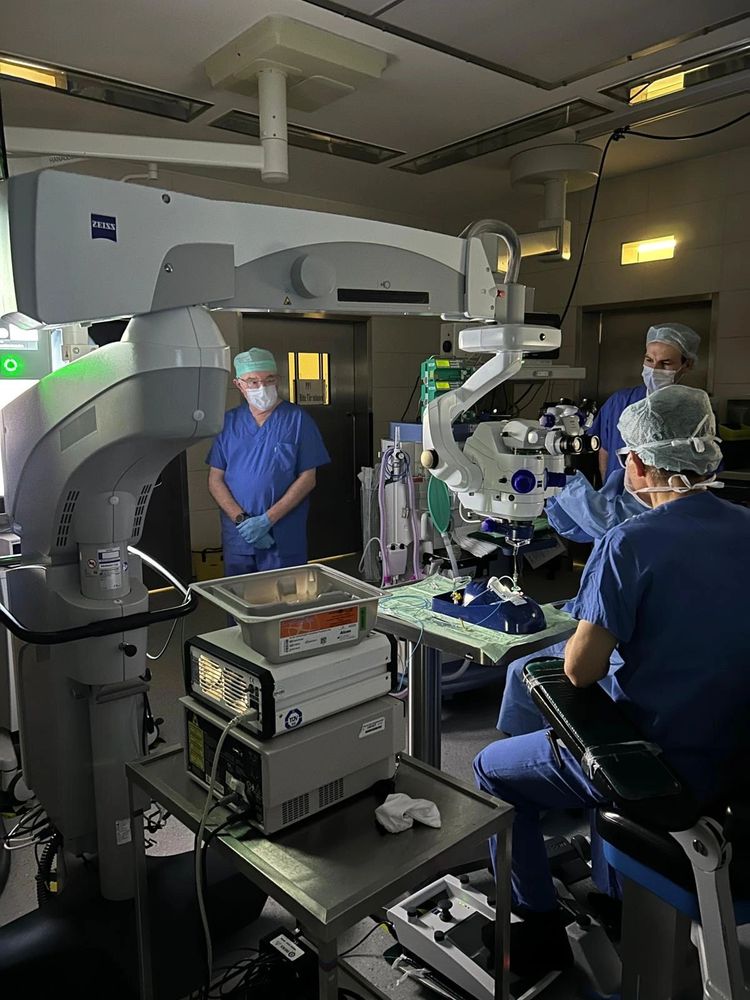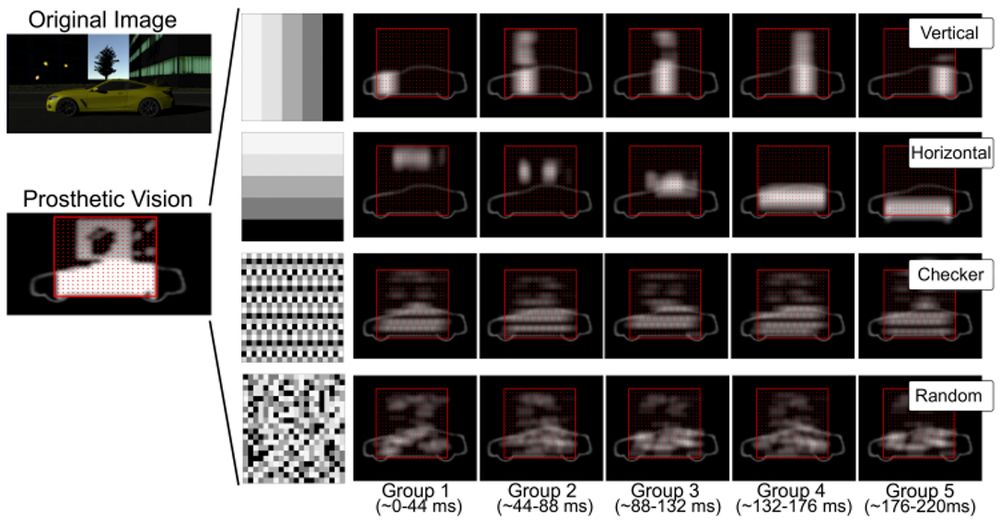bionic-vision.org
@bionic-vision.org
79 followers
200 following
43 posts
https://www.bionic-vision.org 👁️🧠🧪🤖
#BionicVision #NeuroTech #BCI #Blindness #Accessibility
Posts
Media
Videos
Starter Packs
Reposted by bionic-vision.org
bionic-vision.org
@bionic-vision.org
· Aug 11
bionic-vision.org
@bionic-vision.org
· Aug 11
bionic-vision.org
@bionic-vision.org
· Aug 11

China Unveils 2030 Brain-Computer Interface Roadmap
China has unveiled an ambitious plan to make brain–computer interfaces a strategic national priority, with breakthroughs in core technologies targeted by 2027 and two to three global leaders by 2030. ...
www.neuro-founders.com
Reposted by bionic-vision.org
bionic-vision.org
@bionic-vision.org
· Jul 11
bionic-vision.org
@bionic-vision.org
· Jul 11
bionic-vision.org
@bionic-vision.org
· Jul 11
bionic-vision.org
@bionic-vision.org
· Jul 11
bionic-vision.org
@bionic-vision.org
· Jul 11
bionic-vision.org
@bionic-vision.org
· Jul 10
Reposted by bionic-vision.org
bionic-vision.org
@bionic-vision.org
· Jul 2

Polymer‐Incorporated Mechanically Compliant Carbon Nanotube Microelectrode Arrays for Multichannel Neural Signal Recording
This work presents a soft microelectrode array based on vertically aligned carbon nanotube (CNT) forests, combining high conductivity with mechanical softness. A densification process and air-pressur...
doi.org
bionic-vision.org
@bionic-vision.org
· Jun 12
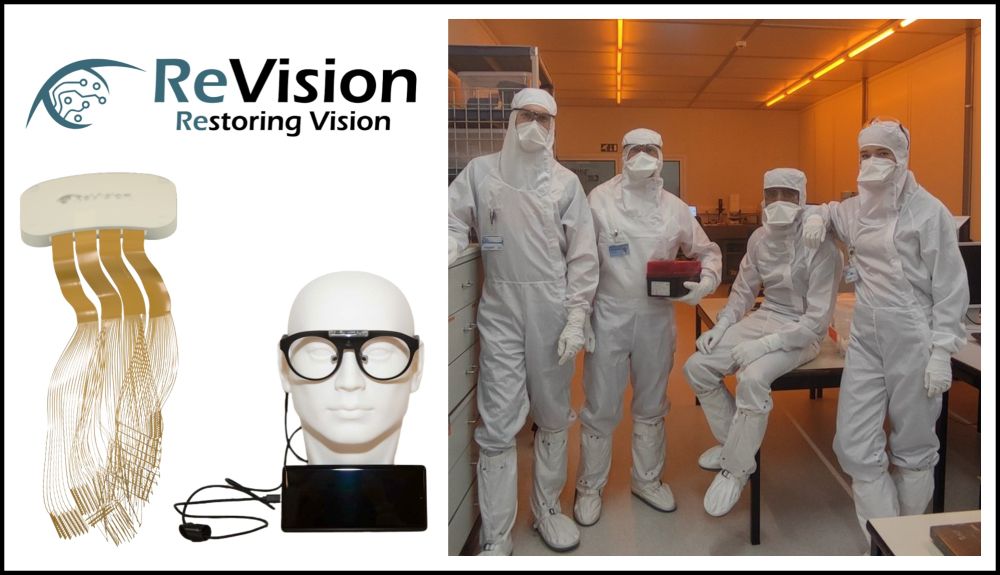
bionic-vision.org | Research Spotlights | Frederik Ceyssens, ReVision Implant
Frederik Ceyssens is Co-Founder and CEO of ReVision Implant, the company behind Occular: a next-generation cortical prosthesis designed to restore both central and peripheral vision through ultra-flex...
www.bionic-vision.org
